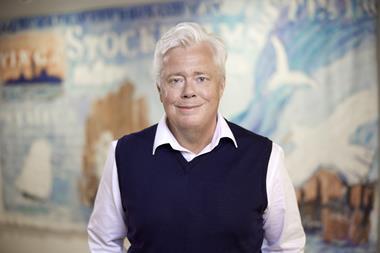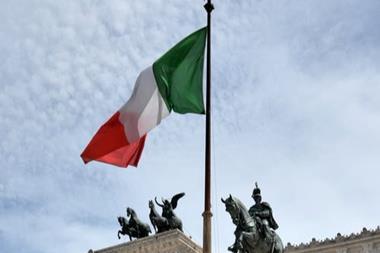Defined contribution assets represent nearly half of global institutional pension fund assets after rapid 10-year growth, according to a study by Willis Towers Watson.
The findings stem from the investment consultant’s 2016 global pension assets study, which analyses pension fund assets in 19 major markets.
It takes a closer look at seven of these countries: Australia, Canada, Japan, the Netherlands, Switzerland, the UK and the US.
Pension fund assets in the 19 countries “crabbed sideways” to total $35.4trn at the end of 2015, according to the study.
This is equivalent to 80% of the underlying countries’ GDP, and accounts for around 35% of the institutional assets available to investors in the global capital markets, according to WTW.
The Netherlands has the highest ratio of pension assets to GDP (184%) followed by the US (121%), Australia (120%) Switzerland (119%) and Chile (118%).
Overall, asset values were “little changed” in 2015, according to the consultancy.
However, the study shows six areas of “significant” change: a move in pension design towards defined contribution (DC), the demands on investment talent, the internal focus to the pension funds’ value chain, governance improvements, increased risk-management focus, and the increased consideration of sustainability and ESG.
During the last 10 years, DC assets have grown at a rate of 7.1% per annum, while defined benefit (DB) assets have grown at a slower pace of 3.4% pa, according to the study.
The trend has been led by the US market, with DC pension assets now representing more than 48% of global pension assets.
The study confirms several trends in pension fund investment strategy, according to WTW, such as higher exposure to alternative assets and increased globalisation in equities.
Allocations to alternative assets, especially real estate and to a lesser extent hedge funds, private equity and commodities, in the larger markets have grown from 5% to 24% since 1995.
Canada increased exposure the most (from 14% to 27%), followed by the UK (7% to 18%), Switzerland (18% to 29%), US (17% to 27%) and Japan (from 3% to 9%).
Roger Urwin, global head of investment content at Willis Towers Watson, said asset diversification into alternatives and a shift away from domestic equities had gained momentum because they helped pension funds to manage risk.
This is unlikely to change, he said.
“The challenges of pension funds worldwide have been severe and onerous for more than a decade with no signs of respite,” said Urwin.
“The success formula remains being tough on risk and being smart on governance.”
*The other markets making up the ‘P19’ group are Brazil, Chile, France, Germany, Hong Kong, India, Ireland, Malaysia, Mexico, South Africa, South Korea and Spain.











No comments yet